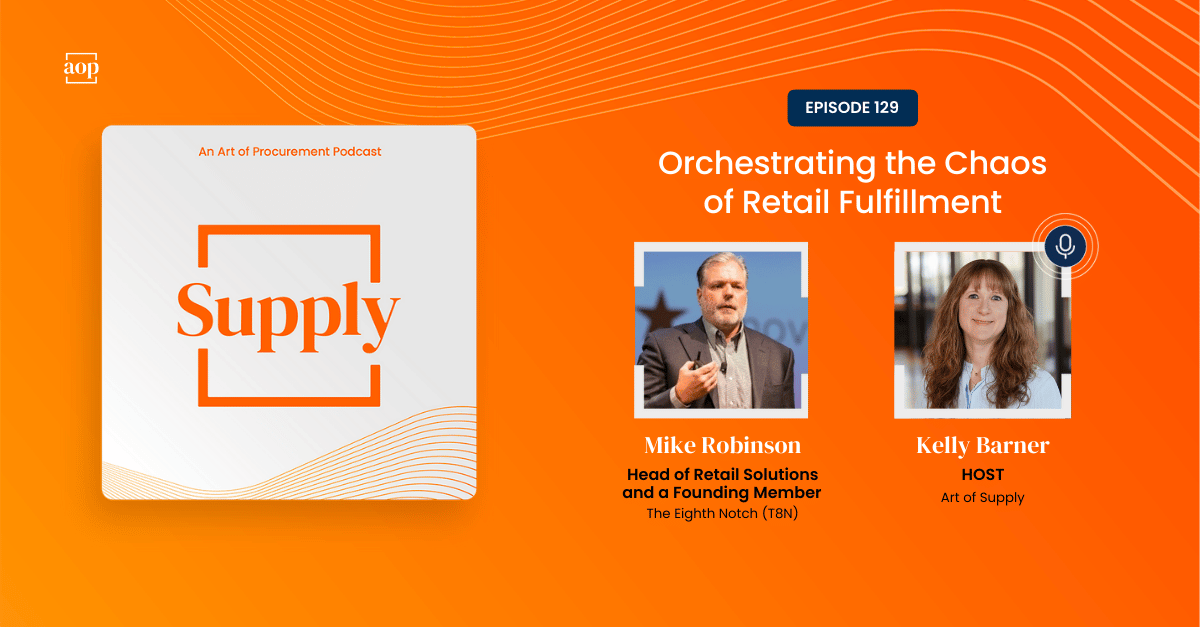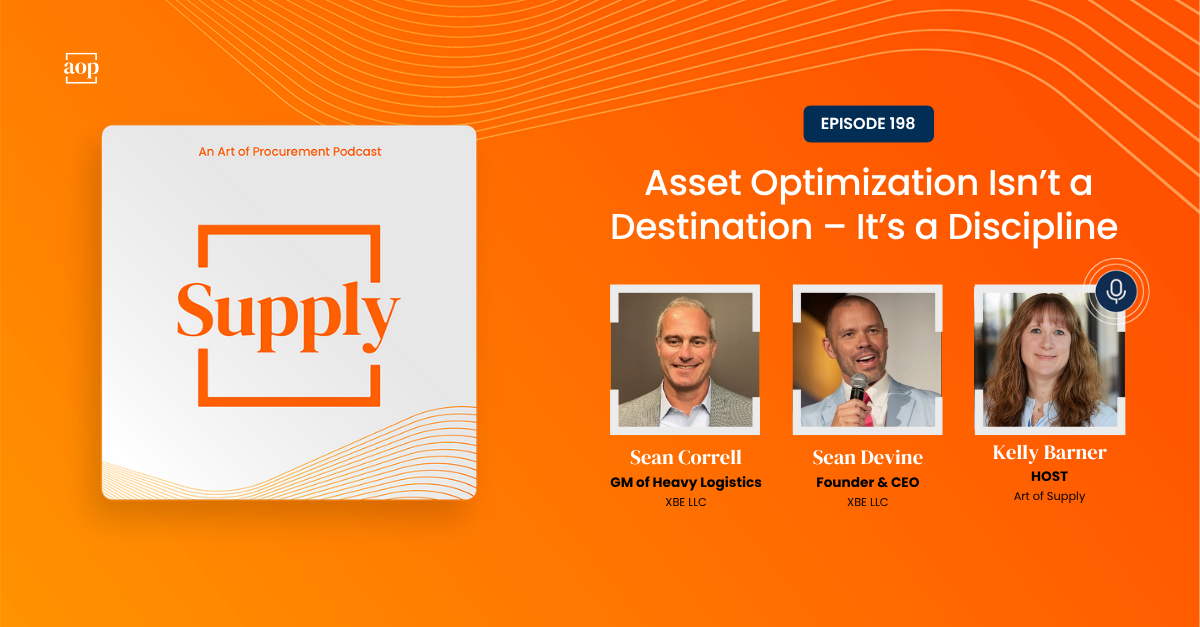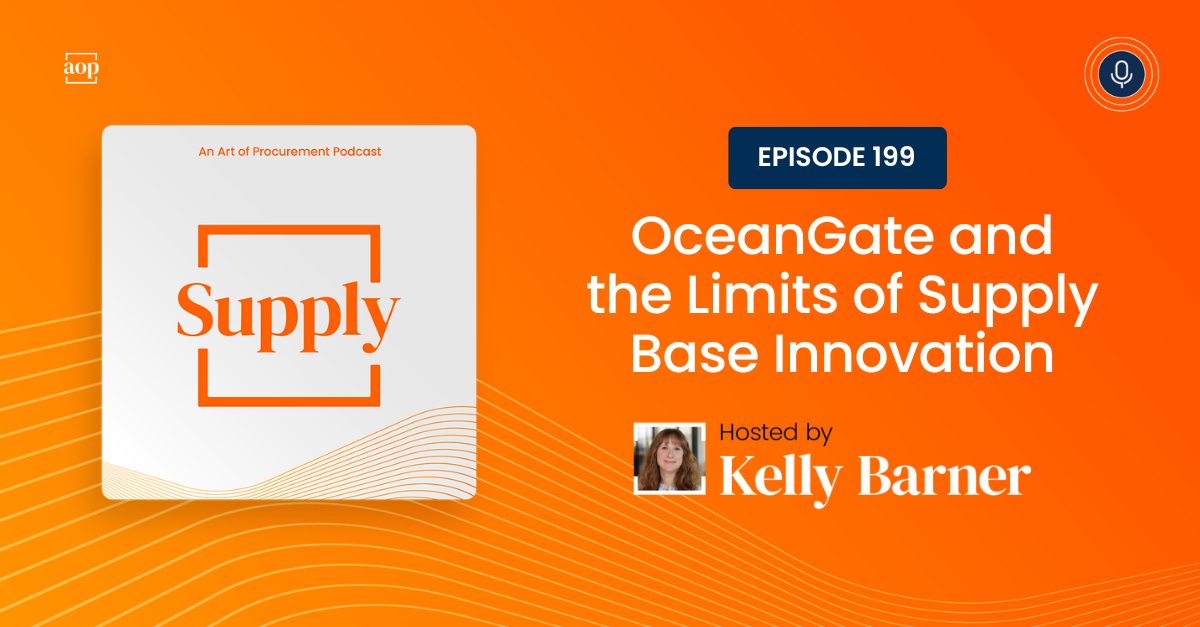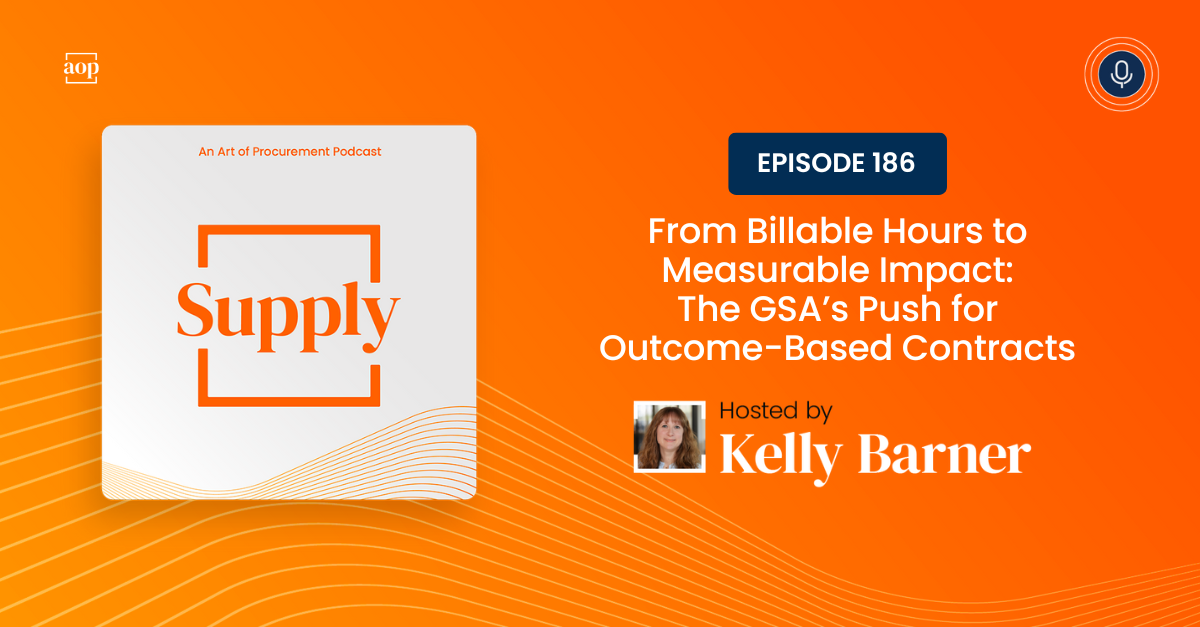
“Every time I don’t have a delivery truck stop in front of your house, 800 grams of CO2 is never created.” – Mike Robinson, Head of Retail Solutions and a Founding Member at The Eighth Notch (T8N)
Before companies can deliver a winning customer experience, they have to understand what customers expect and how they are likely to behave during the purchasing process. Once customers have been won, companies can try to mold their behavior, leaning on loyalty to increase efficiency.
Mike Robinson, Head of Retail Solutions and a Founding Member at The Eighth Notch (T8N), describes that as “conditioning.”
“In the consumer’s mind, sure, fast is better, but is fast always necessary?” Mike asked. “There’s a changing wave of consumerism that’s happening right now where over 67% of people are starting to factor environmentally friendly practices into their purchase behavior, whether it’s the product or whether it’s the fulfillment exercise. Almost three quarters of all customers that receive five or more packages have started thinking that maybe sustainable fulfillment is a little bit more important.”
Is faster always better?
Although for a long time we’ve assumed faster is better, that comes at a cost – financial, operational, and environmental. As consumers start to make a behavioral shift towards more flexibility in exchange for lower costs, so are retailers and carriers. This requires a change in thinking and mindset, especially in terms of time.
“You have to change your mindset and understand that time should be used more strategically to satisfy your customer than just saying that the early part of the order cycle is the only valuable time.”
Carriers and retailers have the opportunity to give consumers the option of prioritizing efficiency and sustainability starting at checkout. Allowing a little more time for delivery in exchange for having less of an impact on the environment.
“I will work aggressively with our carrier partner to be able to find a way for packages to come together.” Mike explained. “Everything that you’ve ordered from every retailer that is coming through that carrier that could be delivered at the same time.”
That orchestration completely changes the final mile paradigm. Less stops at each house means less trucks on the street, and over time, maybe even less delivery days. It gives customers the opportunity to be explicit about their delivery expectations and requirements. Does it need to be delivered as quickly as possible or not? Signaling flexibility creates options that both the retailer and carrier can work with.
Waves of Consumer Conditioning
“A very wise person once told me that Amazon isn’t smarter than other retailers, they just get to the right decision faster,” Mike said.
For years, Amazon has been disrupting retail and fulfillment by offering a wide range of products and getting them to customers quickly – very quickly. In many ways, their model has driven the waves of customer conditioning that set expectations for all companies.
According to Mike, we’ve been through three (or maybe 2 and a half) waves of conditioning:
- Free and fast is the most important thing in the world
- Driving customer loyalty
- Putting efficiency into the customer’s hands
Other retailers have been scrambling to keep up with Amazon’s conditioning, but that doesn’t have to be the case with synchronized fulfillment. They have an advantage in that they are both the retailer and, increasingly, the logistics and delivery provider as well. They have started to condition consumers to consolidate their shipments with Amazon Day delivery, and it is reasonable to think that this conditioning will spread and change consumer expectations just like 2-day delivery did initially.
Logistics is a costly and capital intensive business. Any opportunity to reduce costs, especially when it is underpinned by a reduction in emissions, is something carriers and retailers need to pursue. The benefits are often big enough to share.
“We’ve created a gain share model that allows them [the carrier] to benefit, and allows the retailer to benefit financially,” Mike explained. “That’s the unlock. If you can get the retailer saying, I need to think differently about my carrier partner […] and my carrier partner is thinking about that as well. How do they cooperate and collaborate differently than they have in the past, which was always, ‘I’m going to shove as much volume to you as possible. I’m not going to give you a lot of information. I’m not going to give you insights into forecasts, et cetera, and you figure it out AND I want you to lower your costs, which is a race to the bottom.’”
Regardless of what each of us does professionally, we have the option to help drive change as consumers.
“People are looking for more sustainable ways of operating,” Mike asserted. “I don’t believe it’s just the way that it was 5 or 10 years ago where it was carbon offset. This is carbon avoidance. How do I think differently about the problem? That’s what we’re attempting to do. Every time I don’t have a delivery truck stop in front of your house, 800 grams of CO2 is never created.”
“If I can do that at scale now we’re talking about routes being reduced, trucks off the road, maybe days of the week taken out of the network. That, to me, I think is where humans are going to solve this problem differently. It’s all right in front of us. How do you make sense out of that chaos? How do you orchestrate, how do you synchronize? Because it’s all there if people are willing to make a simple different choice around time.”




